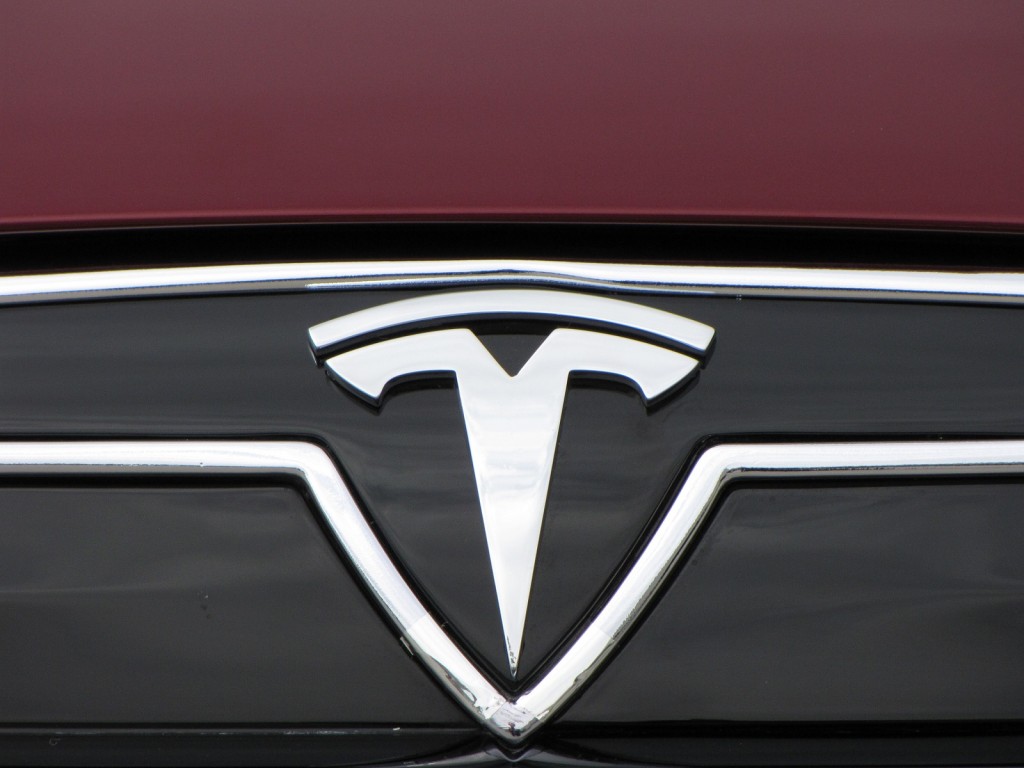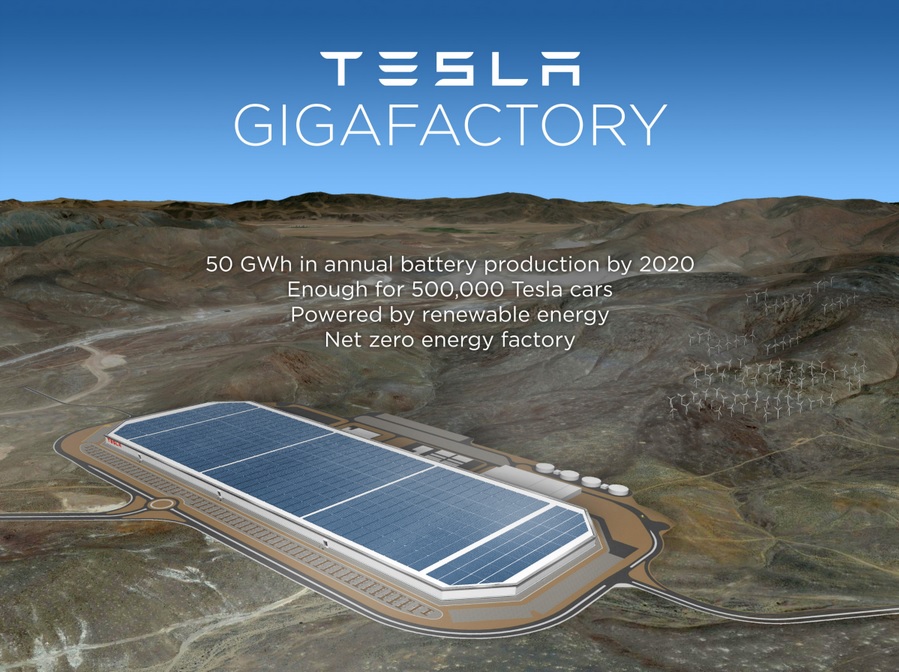It won't be available until the 2017 model year, its sleek body is largely made of aluminum, and it uses advanced new technology for remarkable efficiency gains over competitors.
It's a sleek compact sport sedan that generated reams of coverage even before we knew anything about it, and its arrival is eagerly awaited by thousands.
It'll be the car that catapults its maker toward sales of 500,000 cars a year sometime in the 2020s.
DON'T MISS: Upcoming Jaguar XE Sedan: Mostly Aluminum For Fuel Efficiency With Luxury
That'd be the upcoming Tesla Model 3, right?
Nope, it's not the $35,000 electric car with a promised 200-mile range.
Instead, it's the 2017 Jaguar XE, the smallest Jaguar since the demise of the ill-fated X-Type and the vehicle that Jaguar's volume hopes are built on.

2017 Jaguar XE
Both vehicles have a body shell built of riveted and bonded aluminum, although Jaguar is using steel for the doors, the trunklid, and the rear part of the floorpan.
According to an early drive report of the XE in Car and Driver, the XE possesses "the reflexes and the grace that are conspicuously absent in the competition" among small sport sedans.
But there is one crucial difference between the two cars.
ALSO SEE: 2017 Jaguar XE Diesel To Face Off Against BMW 328d (3-Series Diesel)
The XE will be offered with a new Ingenium 2.0-liter turbodiesel engine that could return fuel-economy ratings in the high 30s or even low 40s.
The Tesla Model 3, however, will presumably have a flat lithium-ion battery pack, mounted under its floorpan, that powers an electric motor driving the rear wheels. (We presume.)
If there are any electrified versions at all of the Jaguar XE, they're far down the road yet. Jaguar Land Rover is focusing its hybrid-vehicle efforts on its largest and heaviest sport utilities, though presently in Europe only.

2012 Tesla Model S beta vehicle, Fremont, CA, October 2011
For the U.S., the Range Rover and Range Rover Sport will get turbodiesel V-6 engines that substantially boost their fuel efficiency--but no plugs.
Still, the two future vehicles are the only ones of their size to use aluminum for at least a substantial portion of their body structure.
What seems clear is that the Jaguar XE will go on sale considerably before the Tesla Model 3.
MORE: 2017 Jaguar XE: Compact Sedan Built From Aluminum To Boost MPG
That high-volume electric car will require its own design, development, testing, and production efforts.
But its battery packs must come from the Tesla Gigafactory now under construction outside Reno, Nevada, which is on its own schedule.

Rendering of Tesla battery gigafactory outside Reno, Nevada, Sep 2014
Tesla has yet to meet an announced vehicle-launch date; the Model 3 was originally expected to go into production during late 2016.
But most analysts assume it will be more like 2017 or 2018--and Musk acknowledged last month that it won't reach high volumes until 2020 or so.
The 2017 Jaguar XE made its global debut in London last September, and will go on sale in the U.S. early next year.
_______________________________________________













